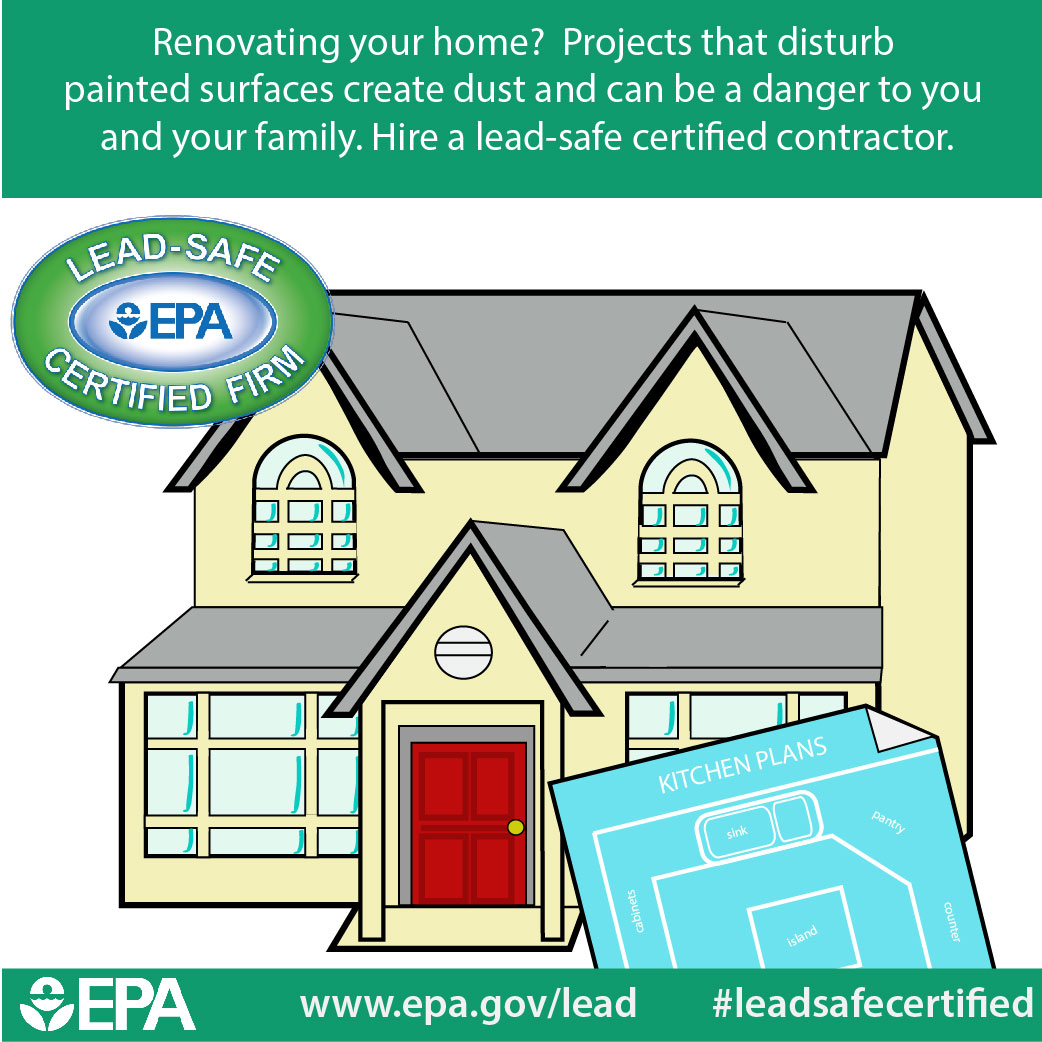Learn About The Methods Which Seasonal Aspects Can Impact The Success Of Industrial Outside Painting And Figure Out The Best Times To Attain Enduring Outcomes For Your Project
Learn About The Methods Which Seasonal Aspects Can Impact The Success Of Industrial Outside Painting And Figure Out The Best Times To Attain Enduring Outcomes For Your Project
Blog Article
Content Written By-Aguilar Urquhart
When you're planning a business exterior paint project, seasonal variables can make or damage your results. You'll wish to think about how temperature and humidity impact paint application and drying out times. Selecting the appropriate season can ensure your paint adheres appropriately and lasts much longer. However which seasons are genuinely the most effective for this kind of job? Let's check out the key elements that can impact your project's success.
The Effect of Temperature on Paint Application
When you're preparing a commercial external paint job, the temperature level can significantly impact exactly how well the paint adheres and dries out.
Ideally, you want to paint when temperatures range between 50 ° F and 85 ° F. If it's also chilly, the paint might not heal properly, leading to issues like peeling off or splitting.
On the other hand, if it's as well warm, the paint can dry too rapidly, stopping appropriate attachment and resulting in an uneven surface.
You ought to likewise consider the time of day; early morning or late afternoon uses cooler temperature levels, which can be extra desirable.
Always check relevant resource site for the particular paint you're using, as they frequently supply support on the optimal temperature level variety for ideal outcomes.
Moisture and Its Effect on Drying Times
Temperature level isn't the only ecological factor that influences your industrial exterior paint job; humidity plays a substantial duty too. High humidity levels can reduce drying out times drastically, affecting the general quality of your paint task.
When the air is saturated with dampness, the paint takes longer to heal, which can lead to concerns like inadequate attachment and a greater threat of mildew growth. If you're painting on an especially moist day, be prepared for extended delay times between layers.
It's vital to check local weather conditions and strategy accordingly. Preferably, go for moisture levels in between 40% and 70% for ideal drying.
Keeping these factors in mind ensures your project remains on track and provides a lasting finish.
Best Seasons for Commercial Exterior Painting Projects
What's the best season for your commercial exterior painting jobs?
Springtime and early fall are generally your best options. Throughout these seasons, temperatures are light, and humidity degrees are usually reduced, creating perfect conditions for paint application and drying.
Prevent summer's intense heat, which can create paint to dry also swiftly, leading to poor adhesion and finish. Likewise, winter season's cool temperatures can impede proper drying out and healing, risking the durability of your paint job.
Go for days with temperatures between 50 ° F and 85 ° F for optimum results. Keep in mind to inspect the local weather report for rainfall, as wet problems can ruin your task.
Planning around visit website ensures your paint job runs smoothly and lasts longer.
Conclusion
Finally, intending your business outside paint jobs around seasonal factors to consider can make a substantial distinction in the outcome. By organizing work during the suitable temperature levels and moisture levels, you'll guarantee far better attachment and drying times. Bear in mind to watch on local weather report and choose the right time of year-- spring and very early loss are your best bets. Taking these actions will certainly help you accomplish a durable and professional surface that lasts.
